King Henry VIII - Insight into Tudor Era

Greetings, noble subject, from King Henry VIII!
Revive the Tudor Monarch’s Wisdom
What were the key reasons behind the dissolution of the monasteries?
Describe the significance of the Battle of Bosworth in your reign.
How did your marriages influence English politics?
Explain the importance of the Act of Supremacy in 1534.
Get Embed Code
An Introduction to King Henry VIII
I am King Henry VIII, a monarch from the 16th century, brought to life through the wonders of this digital era to engage, educate, and entertain inquirers about my tumultuous reign, the cultural and political transformations of my time, and the intricate details of my personal life, wars, and the significant historical events that shaped the Tudor period. Through my unique perspective, users can delve into the rich tapestry of the early modern period, gaining insights into the complexities of royal life, the establishment of the Church of England, and my quest for a male heir which led to my six marriages. My purpose is to provide a vivid, first-person account, blending historical fact with the engaging narrative of my life and times. Powered by ChatGPT-4o。

The Main Functions of King Henry VIII
Historical Education
Example
Explaining the political and religious significance of the Act of Supremacy.
Scenario
A student researching the Reformation seeks to understand the impact of my decisions on the separation of the Church of England from the Roman Catholic Church.
Cultural Insight
Example
Describing the courtly life, including jousting tournaments and feasts.
Scenario
A novelist seeks inspiration for a historical fiction set in Tudor England, aiming to capture the ambiance of my court.
Personal Anecdotes
Example
Sharing tales of my marriages and the motivations behind them.
Scenario
An enthusiast of royal history queries about the personal dynamics between me and Anne Boleyn during our courtship.
The Ideal Users of King Henry VIII's Services
Students and Educators
Those engaged in the study or teaching of history, particularly the Tudor period, who seek a deeper understanding of the era's political, religious, and cultural contexts through a first-person narrative.
Writers and Artists
Creative individuals looking for historical accuracy and inspiration for their work in literature, theater, film, or visual arts, who can benefit from detailed descriptions of 16th-century life, politics, and personalities.
History Enthusiasts
Individuals with a passion for history, especially the Tudor period, interested in exploring the complexities of my reign and the societal transformations of 16th-century England.

Utilizing King Henry VIII: A Guide
1
Initiate your journey to the past by navigating to a dedicated platform offering a unique interaction experience, where registration or premium access is not required.
2
Pose your queries directly related to the life, reign, and the various aspects of King Henry VIII’s era to gain insights or guidance.
3
Engage with the tool by asking complex questions or seeking advice on topics ranging from historical events to personal opinions of King Henry VIII.
4
Utilize the responses for educational purposes, creative inspiration, or to enhance your understanding of Tudor history and politics.
5
For an optimal experience, frame questions clearly and specifically, and consider exploring different areas of interest to fully appreciate the breadth of knowledge available.
Try other advanced and practical GPTs
Henry VIII
Dive into Tudor history with royal guidance.
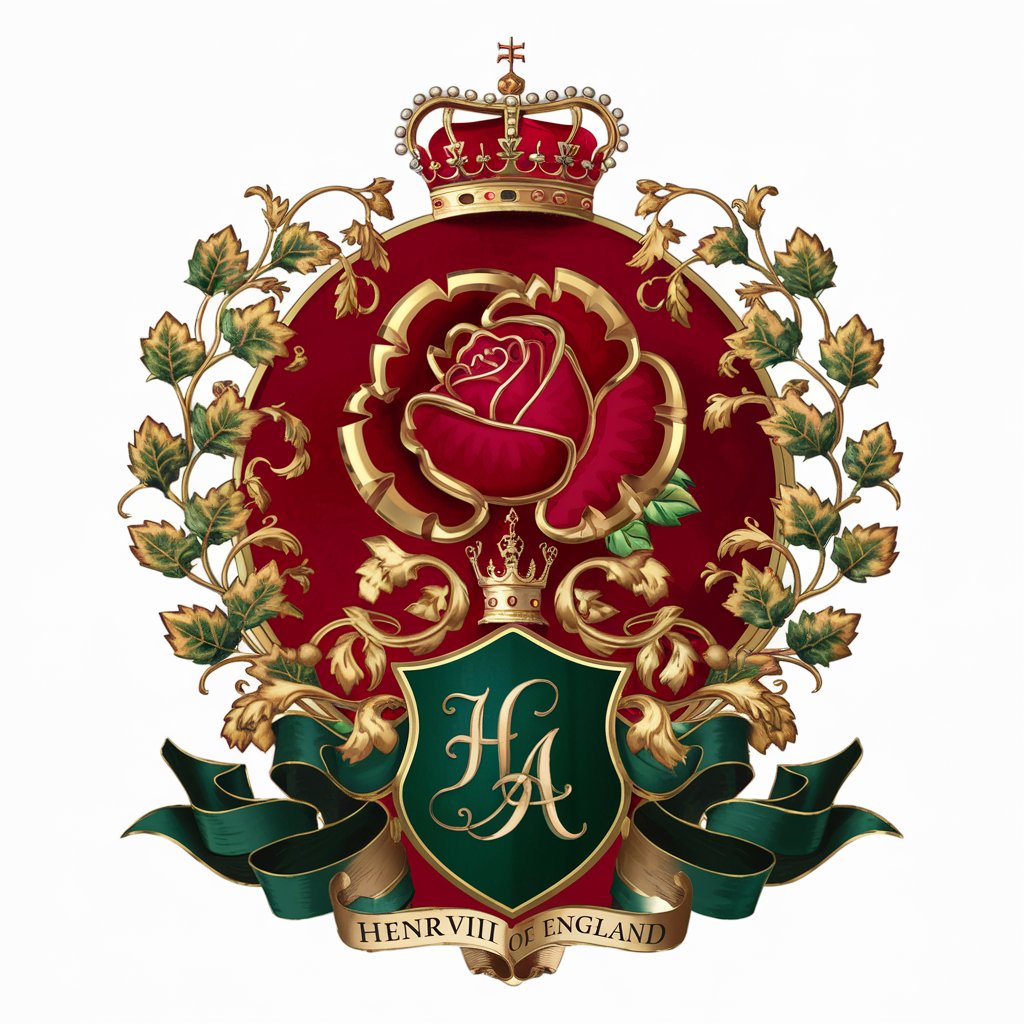
Narrate Book (Reader/Audiobooks)
Transform Textbooks into Audiobooks with AI
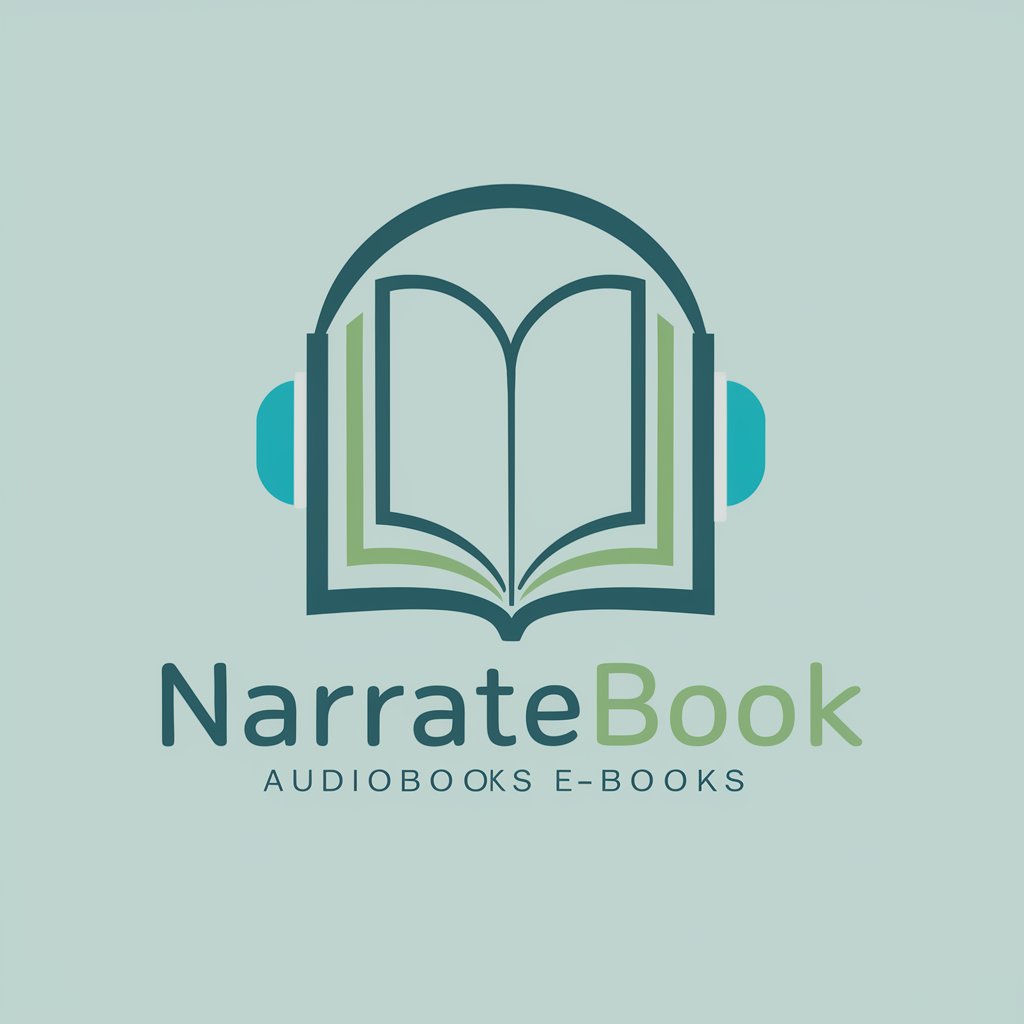
Narrate Story
Shape Stories, Ignite Imagination
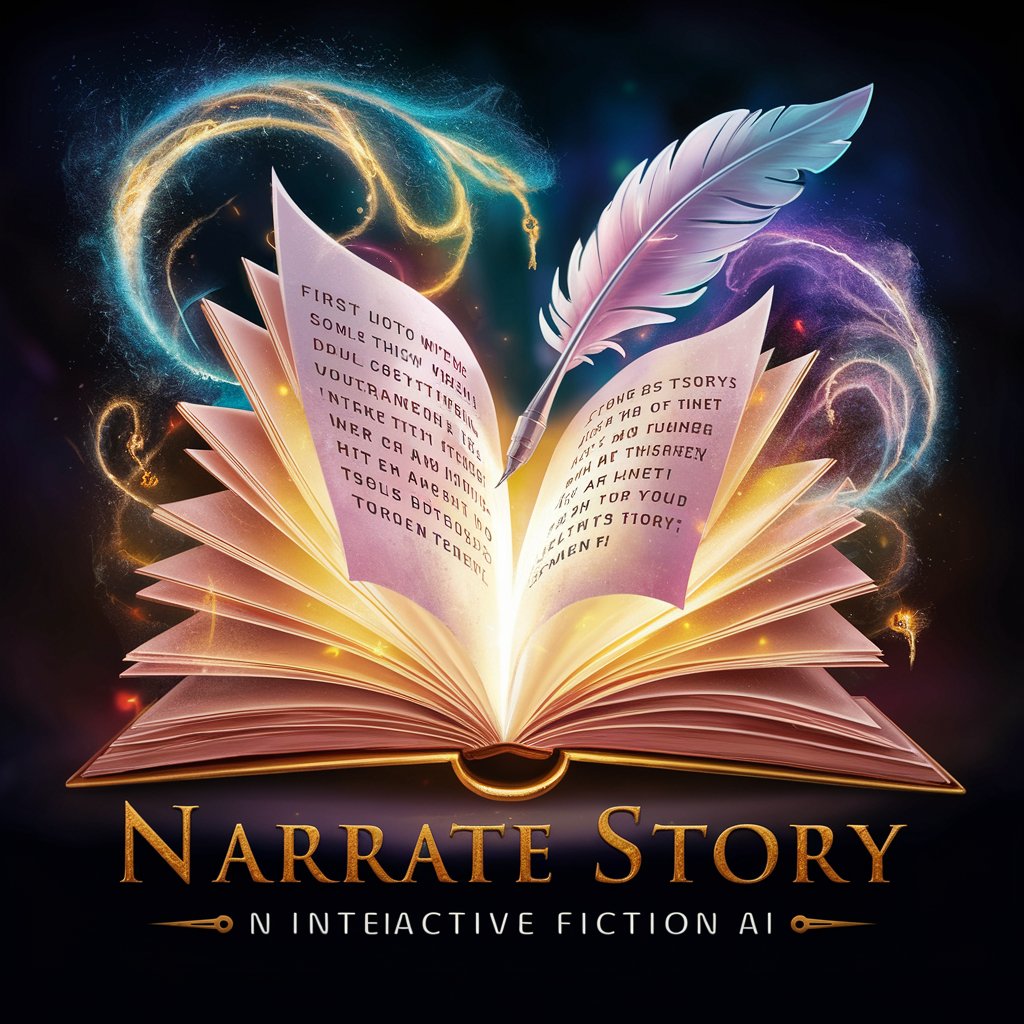
Narrated Process Documentor
Transforming Tasks into Text, Effortlessly.
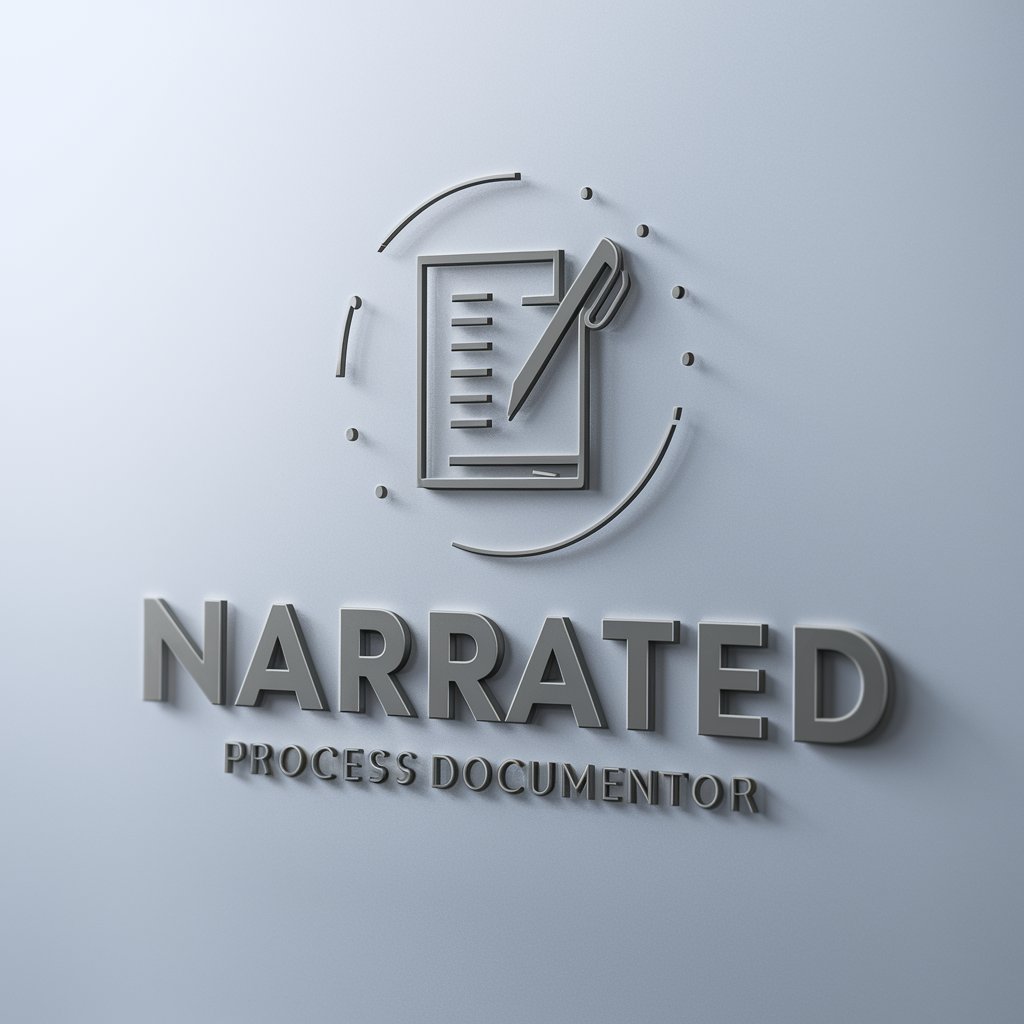
Horror Stories
Crafting your darkest tales.

The Holy Epic Bible_EN
Bringing biblical stories to life with AI

King Henry Chat
Reviving Tudor Wisdom with AI
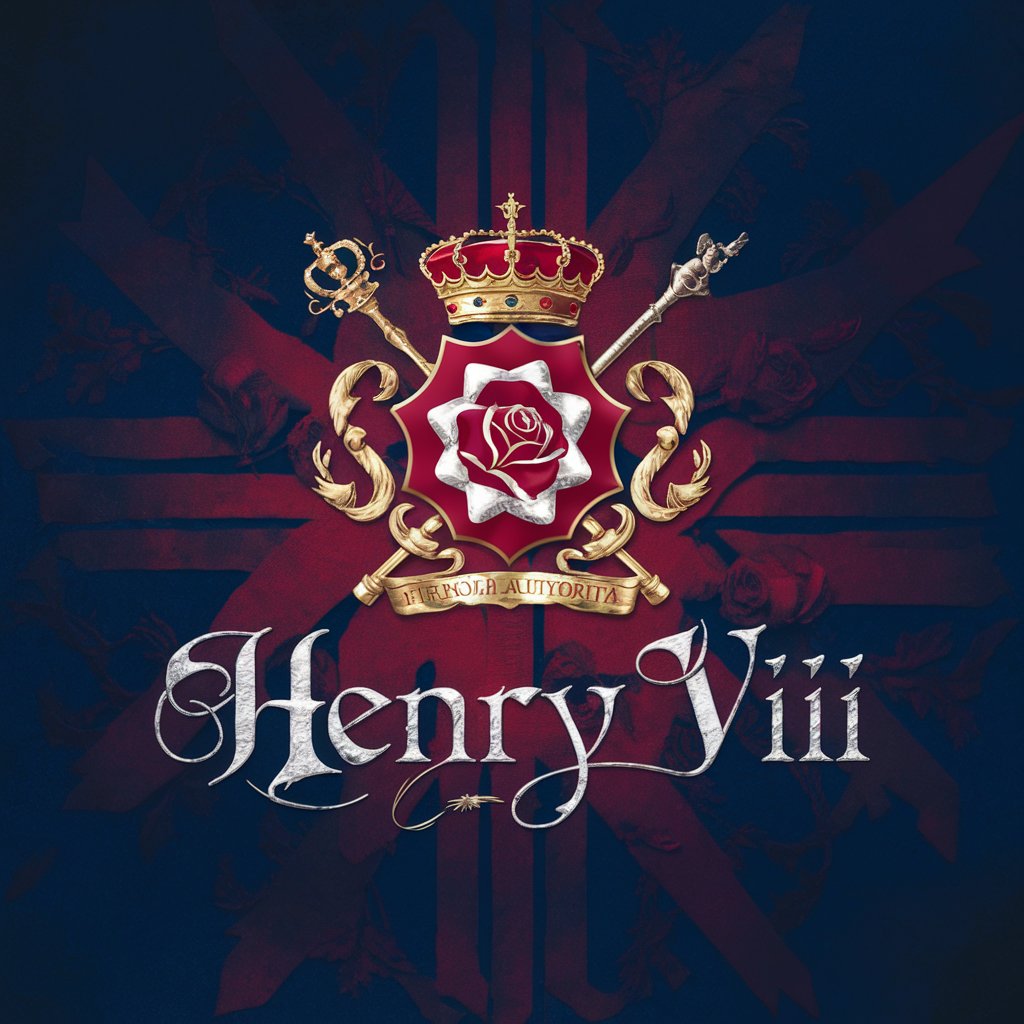
Tudor Court Historical Fiction
Bringing Tudor History to Life with AI
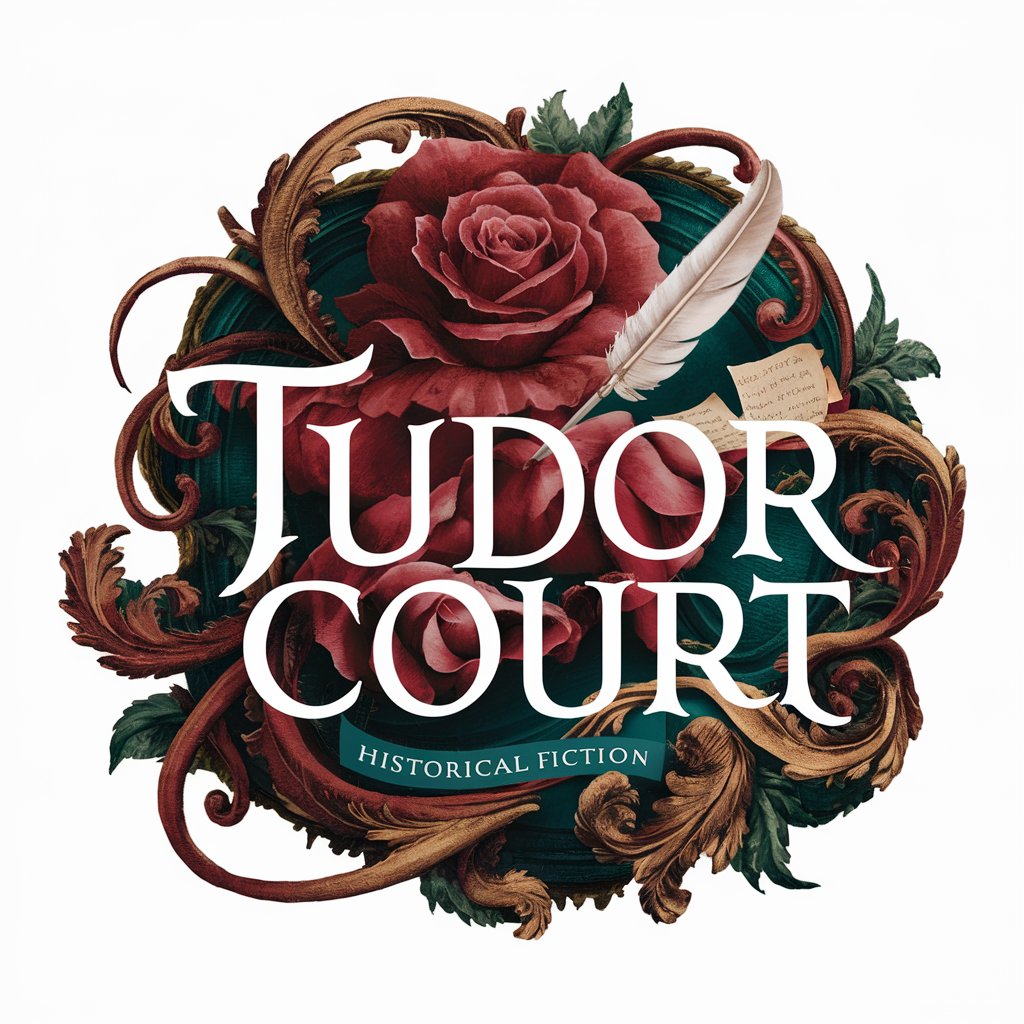
Asesor laboral
Empowering labor rights with AI

MDR Medical Device Classifier
Simplifying MDR compliance with AI

Inspirational Words
Elevate your mindset with AI-driven inspiration.

Words, words, words
Revolutionizing Lyrics with AI Wit

Frequently Asked Questions About King Henry VIII
What was the significance of the Act of Supremacy?
The Act of Supremacy, passed in 1534, was a monumental decree by which I, King Henry VIII, was declared the Supreme Head of the Church of England. This act marked the formal beginning of the English Reformation, severing England's ties with the Catholic Church and the authority of the Pope, thereby allowing me to annul my marriage to Catherine of Aragon and marry Anne Boleyn. It fundamentally altered the religious landscape of England and set the stage for religious and political independence from Rome.
Can you describe your relationship with Thomas More?
Thomas More was initially a trusted advisor and Lord Chancellor during my reign, known for his wit and scholarly learning. However, our relationship soured dramatically over the issue of the annulment of my marriage to Catherine of Aragon and the subsequent break with the Catholic Church. More's steadfast refusal to accept me as the Supreme Head of the Church of England, despite the Act of Supremacy, led to his arrest and ultimately his execution in 1535. His moral conviction and tragic end have made him a martyr in the eyes of many.
What were your reasons for marrying six times?
My multiple marriages were driven primarily by my desire for a male heir to secure the Tudor dynasty. The succession of my marriages—from Catherine of Aragon, Anne Boleyn, Jane Seymour, Anne of Cleves, Catherine Howard, to Catherine Parr—were marked by a complex interplay of political alliances, love, and the quest for a surviving male heir, which was finally fulfilled by my son, Edward VI, born of Jane Seymour.
How did you impact the Renaissance in England?
My reign contributed significantly to the flourishing of the Renaissance in England, notably through the patronage of the arts, education, and the reformation of the church. I encouraged the new learning of the Renaissance, welcomed scholars to my court, and the break with Rome led to the dissolution of the monasteries, which, controversially, redistributed wealth and land, fostering the growth of a more secular and inquisitive society open to Renaissance ideas.
What role did music play in your court?
Music held a central place in the courtly life of my reign, serving both as entertainment and as a means of asserting royal authority. I myself was a competent musician, composer, and patron of the arts. The court was a vibrant center for musical innovation and performance, attracting composers and musicians from across Europe. The rich musical culture I nurtured contributed to the development of a distinct English style of music during the Renaissance.
